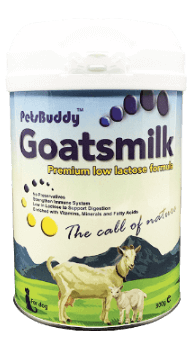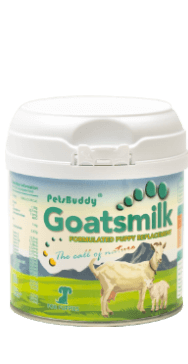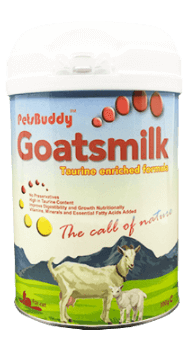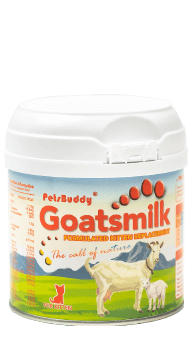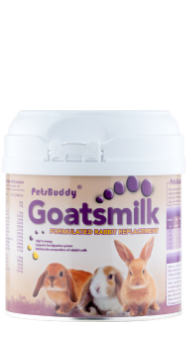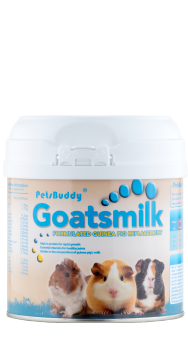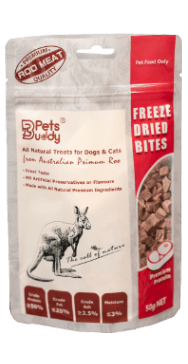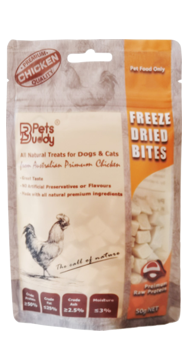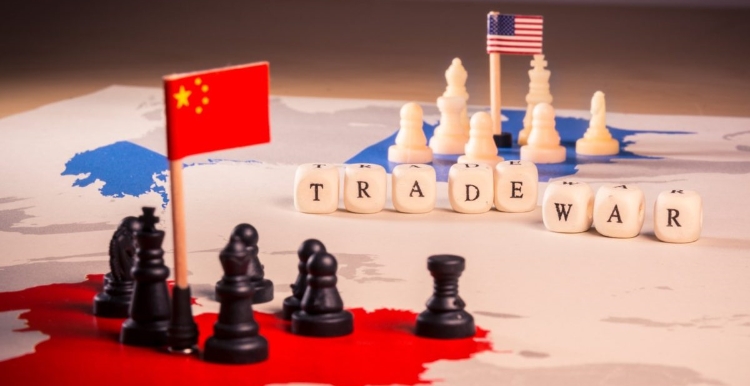Pet food plays an important role in the global economy – which means it’s also subject to overall economic factors, including those happening in international trade. Nowhere is this more evident than in the trade and tariff war between the U.S. and China that’s been raging, and escalating, since July 2018. The ongoing conflict, recently ratcheted up to even higher levels, is affecting pet food in terms of both exports and imports.
Higher tariffs on pet food exports to China
Once the U.S. government issued new or increased tariffs against China in 2018, China soon retaliated, which put a significant hit on U.S. pet food exports to China. The tariff jumped from 4% to 29%, said Gina Tumbarello, director of international policy and trade for the American Feed Industry Association (AFIA).
Tariff wars also affecting pet food ingredients, packaging
It’s not just pet food companies feeling the pain of increased tariffs by China. According to AFIA, they’re also affecting ingredient suppliers trying to establish or maintain their businesses in China. “U.S. fishmeal to China, for example, will go from 10% to 25%, putting the new effective tariff rate at a whopping 45%,” said an article posted on AFIA’s website soon after the most recent escalation in the trade war. “Animal protein meals will go from 5% to 10%, putting the new effective tariff rate at 15%.”
But wait, there’s more, with additional challenges coming back the other way. The U.S. government’s latest round of tariffs covers nearly all remaining products and goods coming from China, including the vitamins used in pet food, said AFIA.
At least a U.S. tariff on another raw material important to pet food – the steel and aluminum cans used for packaging wet pet food – has been lifted from key sources such as Canada and Mexico. While the U.S. does import steel from China.
Troubling outlook for pet food
The near-term outlook on this situation is not pretty. “If the U.S. indeed moves forward with imposing additional tariffs on imports from China on the remaining tariff lines, the U.S. feed industry stands to be severely affected,” said AFIA, including pet food in this assessment. “Increasing the cost of inputs in a feed ration to feed America’s extremely large livestock, poultry and pet food industries means an increase in the costs of those end products (e.g., meat, milk, eggs and pet food) for consumers.”
And, on the flip side, U.S. pet food producers continue to struggle to access one of the most promising and dynamic markets of pet owners in the world. “The Chinese market has so much potential,” said Tabor of PFI. “The Chinese middle class is larger than the entire U.S. population and pet ownership is growing.”
